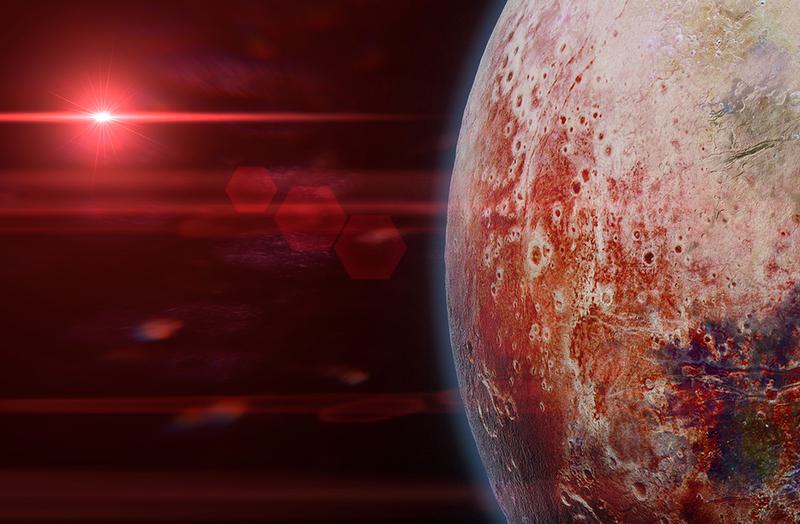Ionic Liquids

- 24 Aug 2025
In News:
Recent scientific research suggests that life could exist on rocky super-Earths with volcanic activity and minimal water, thanks to ionic liquids (ILs)—salts that remain liquid even in extreme conditions such as a vacuum.
About Ionic Liquids (ILs):
- ILs are salts that are liquid at room temperature, typically with melting points below 100°C.
- Unlike ordinary liquids composed of neutral molecules, ILs are made entirely of ions or short-lived ion pairs.
- Examples include tetrabutylammonium nitrite, 1-(Cyanomethyl)-3-methylimidazolium chloride, and choline acetate.
- ILs are also called liquid electrolytes, ionic melts, ionic fluids, fused salts, liquid salts, or ionic glasses.
Properties and Significance:
- Non-volatile and non-flammable, making them safe under extreme conditions.
- Thermally and chemically stable, resisting decomposition up to 200–400°C depending on composition.
- Can be hydrophobic or hydrophilic, and act as good conductors with a broad electrochemical range.
- Highly tunable: Their physico-chemical properties can be modified by changing the size and type of ions, making them versatile in applications.
Applications in Science and Industry:
- Widely used in synthesis, catalysis, extraction, electrochemistry, analytics, and biotechnology.
- Serve as environmentally friendly alternatives to conventional organic solvents and catalysts.
- Their stability under heat and vacuum conditions allows their use in high-temperature processes.
Role in Supporting Extraterrestrial Life:
- Laboratory experiments demonstrated that ILs can be created by mixing volcanic sulphuric acid with nitrogen-containing organic molecules found on planets.
- These liquids can dissolve biological molecules, offering a medium for biochemical reactions without the need for liquid water.
- This discovery expands the scope of habitable environments beyond Earth-like conditions, suggesting that life could potentially survive on arid, volcanic exoplanets.
